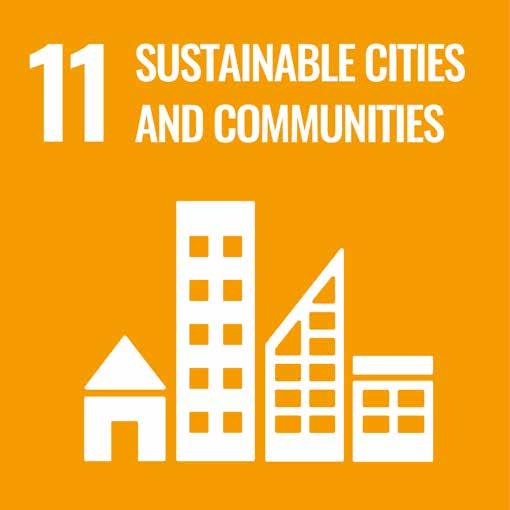12
THE NORWEGI AN DIREC TOR ATE FOR CULT UR AL HERITAGE
Cultural heritage and the contribution to reducing greenhouse gas emissions In order to fulfil Norway’s climate goals and commitments under the Paris Agreement, immediate cuts in greenhouse gas emissions and the implementation of climate measures with rapid effect are vital. The UN’s Intergovernmental Panel on Climate Change emphasises that we cannot reduce greenhouse gas emissions by using new technological solutions alone, but that a change
in society as a whole is needed. Innovation must therefore be seen in relation to traditional and existing knowledge, which can represent relevant alternatives. The actors in the cultural heritage field, with valuable knowledge and specialist expertise, should play a vital role in this process, and become a compelling voice in the transition to a low-emission society.
SOFIENLUND is a protected building at Skøyen in Oslo, which was originally located outside the city centre. It is now
surrounded by roads and new, tall and dominating buildings. The photo shows one of the dilemmas that can arise between safeguarding a valuable cultural environment on the one hand, and urban development that can contribute to reducing greenhouse gas emissions on the other. Photo: Marte Boro, Directorate for Cultural Heritage







